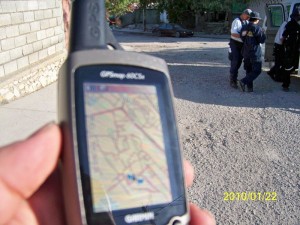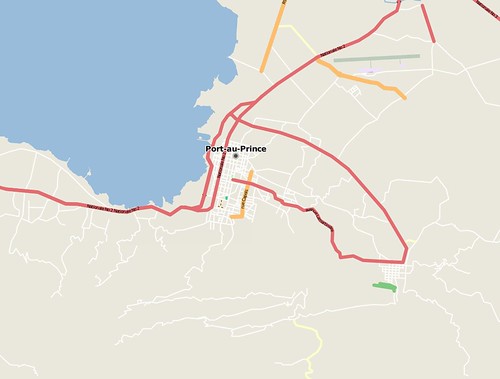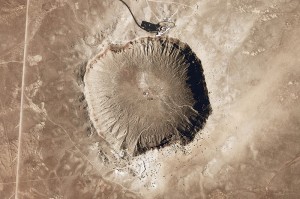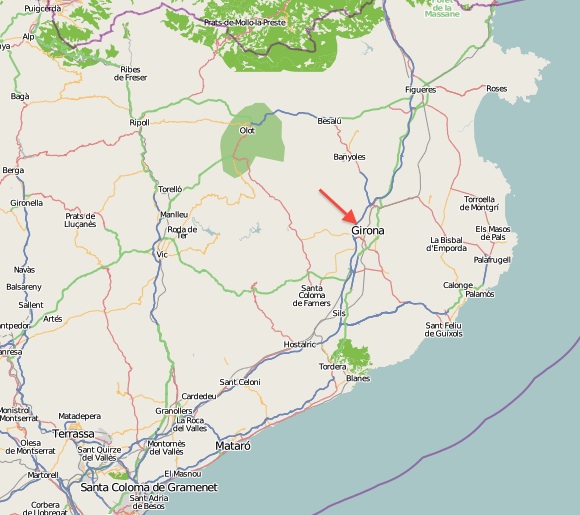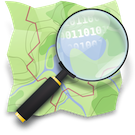Check this out:
[..] I am currently in Port Au Prince with the Fairfax County Urban Search & Rescue Team (USA-1) out of Fairfax, VA, USA. I wish there was a way that I can express to you properly how important your OSM files were to us. Most of our team members own their own Garmin Rino and 60CSx units on top of the units we already have in the cache. Having these detailed maps on our GPS units is a big deal. Shortly after discovering your work I quickly spread the word and transferred the street level maps onto as many Garmin units as we could before sending the American rescue teams on the streets. The team members are thrilled to have this resource you have created. I wish you could see their faces ‘light up’ when I take their GPS unit and tell them that I’m going to give them street level detail maps. They have been working VERY hard and anything that can help them in every aspect of their mission here is greatly appreciated. I am spreading the word about this work to all rescue and humanitarian teams on the ground here in Haiti. Please be assured that we are using your data – I just wish we knew about this earlier. THANK YOU!
Check out the wiki for more.
